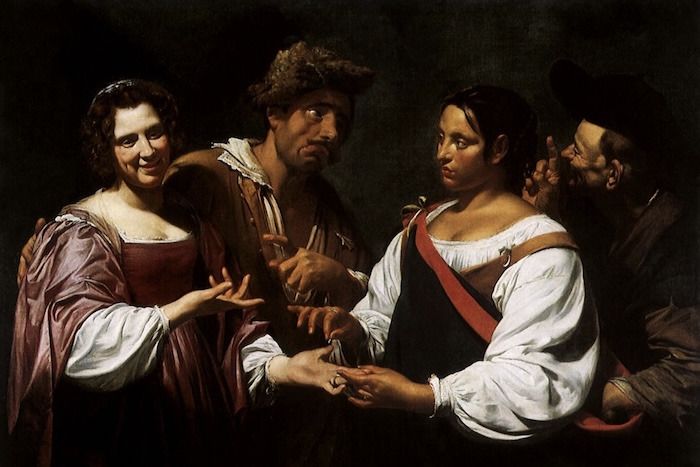
Great American Allusions: On John Pistelli’s Major Arcana
Major Arcana is possibly the greatest title of the twenty-first century, depending on how you pronounce it. Major Ar-kay-nuh with an Arkansas accent won’t do, nor will trying to rhyme it with Arkansas, either. And as for the German My-orr, let us bid it a preventative Auf Weidersehen. The only way to pronounce it is Major Ar-caw-nuh, with its deserved fluidity. The novel, however, is in part a pronoun novel, meaning it deals with one of the least fluid grammatical phenomena of our times, but from a playful omniscience beyond popular morality that may very well retire the gender genre. Let us then, already at play in the high celestial geography of the third person, look down first with vertigo at the openwork Gothic cathedral author John Pistelli has fashioned in tribute to the maximal, modernist novel, and let the myopia of post-modern grammar set in later, in the senescence of this review. Major Arcana is a baroque structure, much in the way that literary talent is baroque today, and literary grandeur an outmoded concept in our late-stage era of the publishing industrial complex. But Pistelli, a fellow nth-generation goomba, scanned the landscape of disposable low-brow-upmarket “literary fiction” and answered instead to the architectural demands of 2020s geography, and to the true motives of literature: marketless, talented inspiration. Major Arcana is thus a novel of rococo intricacies and Old Testament contingencies, wedding neoclassical scale and style with all the seductive originality of the self-taught architect. The novel contains the internet without being enclosed by it. (After all, the internet needs buildings to house its routers, and Major Arcana’s characters are like this church’s stations of the cross.) Pistelli’s Gaddis-like troupe and their tapestries of interlining private details are shepherded through these various chambers, catching the tints and hues of cathedral glass and then darkening into shadow down long hallways, their crescents of profile caught here and there in the novel’s stained glass candlelight. Even its ARC pages are thick and glossy with grandiloquence.

